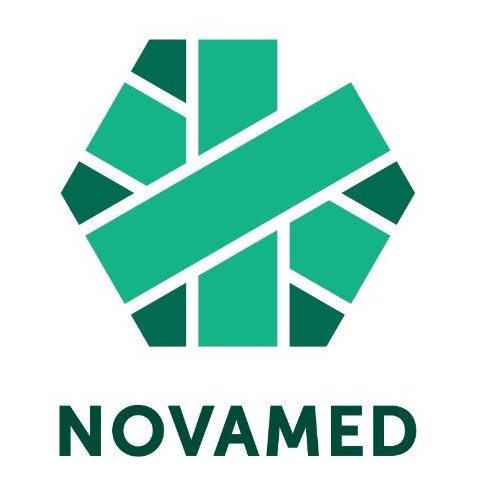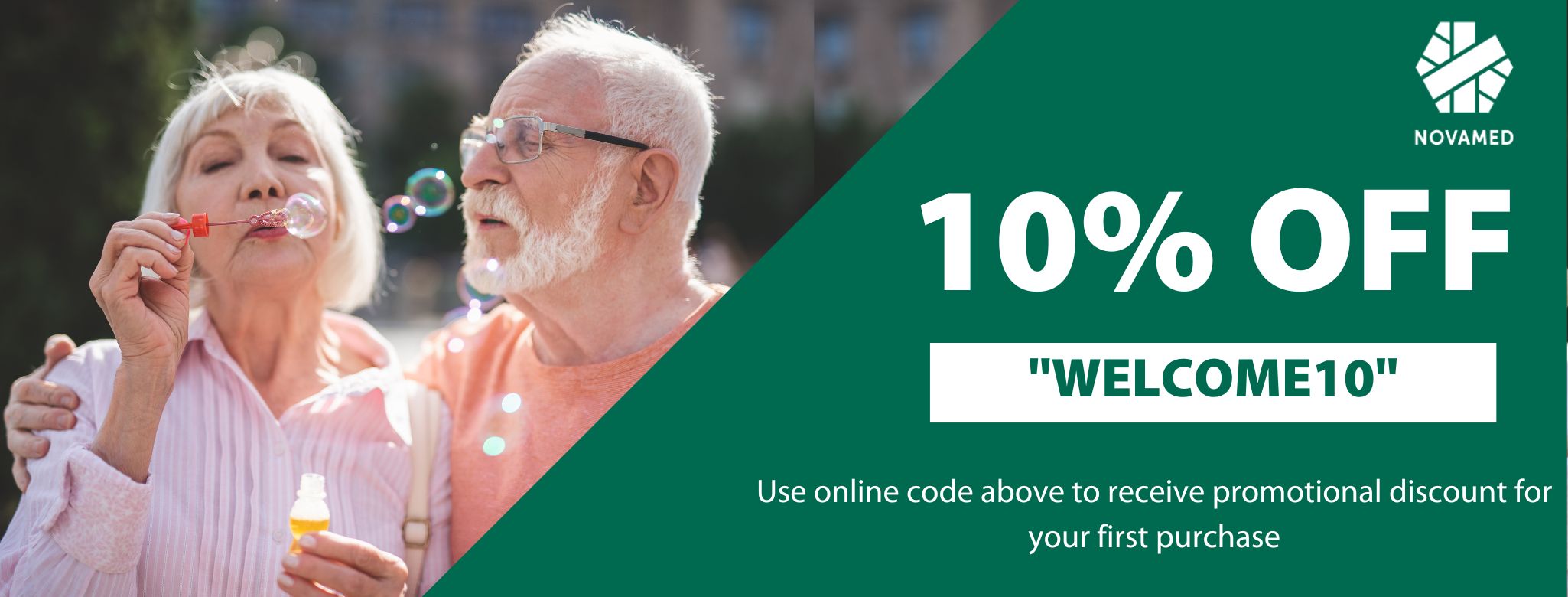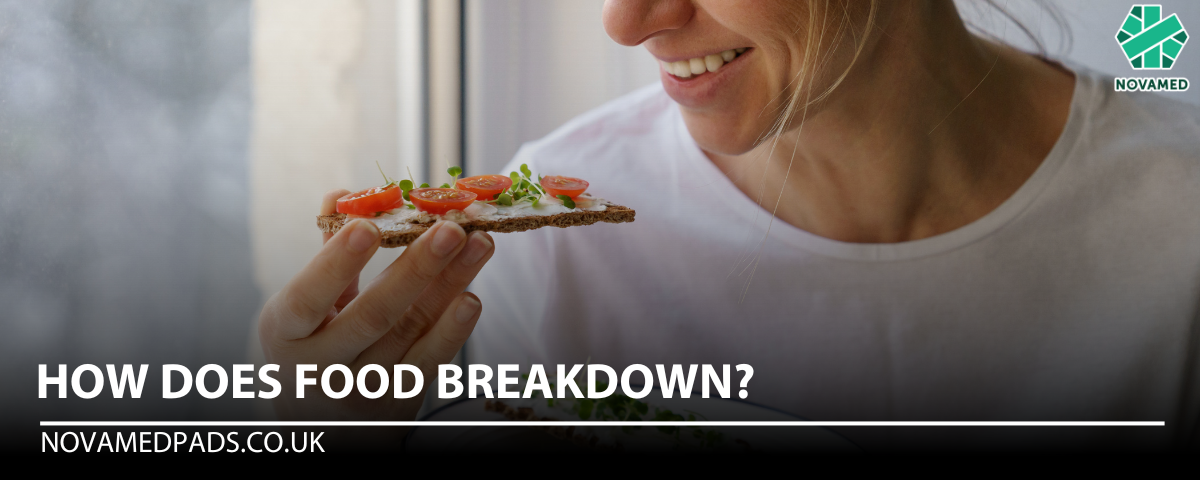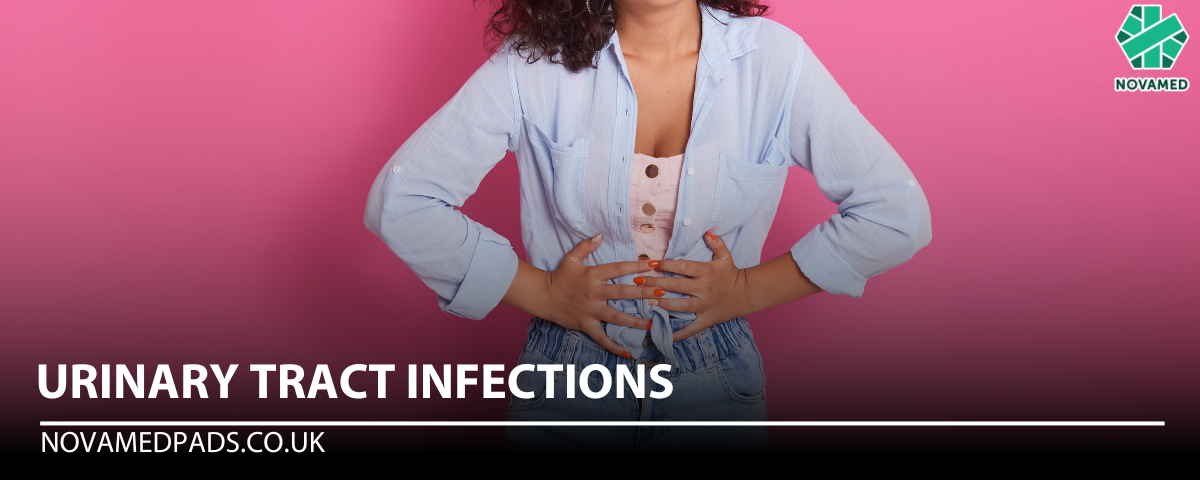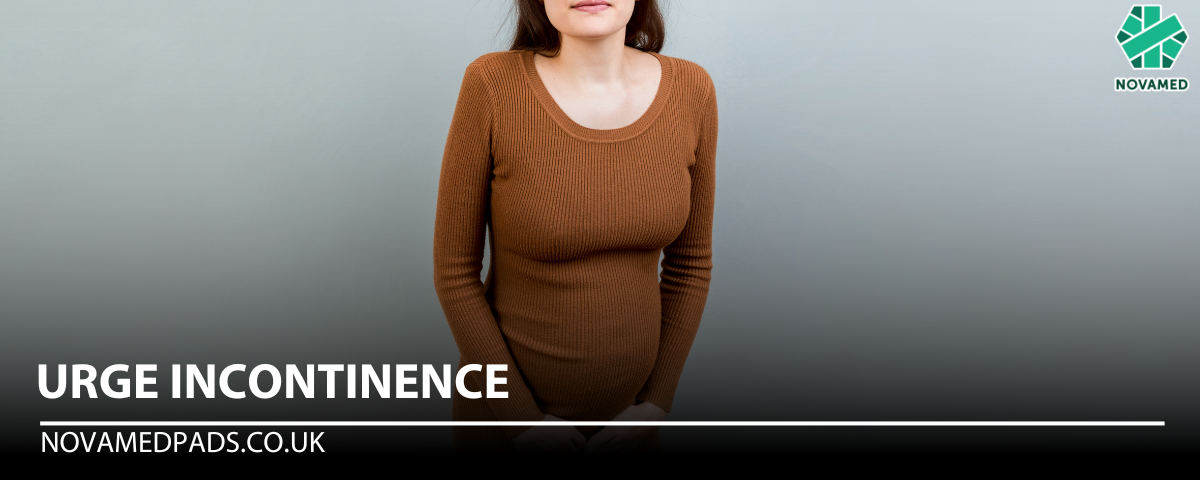
Urge Incontinence: Causes, Treatment, and Management
What is Urge Incontinence?
Urge incontinence is a form of urinary incontinence where a person experiences a sudden, uncontrollable urge to urinate, often followed by an involuntary leakage of urine. This condition can lead to frequent urination, including during the night (nocturia).Causes of Urge Incontinence
Urge incontinence may be caused by various factors, including minor conditions like urinary tract infections (UTIs) or more serious underlying conditions such as neurological disorders or diabetes.Management and Treatment of Urge Incontinence
The management of urge incontinence typically involves a combination of lifestyle changes, bladder training, and medication. Below are the most common treatmentsBladder Training
Bladder training is a key treatment for urge incontinence and can be effective in up to 50% of cases. It involves increasing the time between bathroom visits, helping you regain control over bladder function. This method, often combined with medication, is a non-invasive approach to managing symptoms.
Medication
Medications may be prescribed to help relax the bladder muscles and reduce the frequency and urgency of urination. These drugs are often used alongside bladder retraining techniques to maximise effectiveness.
Sacral Nerve Stimulation
In cases where other treatments are ineffective, sacral nerve stimulation (SNS) may be recommended. This surgical procedure involves implanting a small electrical device in the lower back, which sends pulses to the sacral nerves that control bladder function. These pulses help to block or slow down the communication between the bladder and brain, reducing the urge to urinate.
The implanted device typically lasts for up to five years, though the battery may need replacing every two to three years.
Surgical Options
Surgery is generally considered when medication and lifestyle adjustments fail to manage urge incontinence. Different surgical methods are available, depending on the type and severity of incontinence.
Lifestyle Changes to Help Manage Urge Incontinence
Making certain lifestyle changes can significantly improve symptoms of urge incontinence. Some helpful steps include:
- Eating a well-balanced diet.
- Drinking plenty of fluids.
- Avoiding bladder irritants like caffeine and alcohol.
- Engaging in regular physical exercise.
These adjustments not only support general health but can also reduce the frequency of urination and improve bladder control.
Stress Management Techniques
For those suffering from stress incontinence, learning relaxation techniques can help reduce stress and improve bladder control. Stress management can be effective in mitigating symptoms of urge incontinence by promoting mental wellbeing. Speaking to a therapist or a trusted friend can also help you cope better with the emotional impact of the condition.
Bladder Training Tips
Bladder training is a simple yet effective technique for managing urge incontinence. Here are some tips to get started:
- Schedule bathroom breaks at regular intervals throughout the day.
- Gradually increase the time between bathroom visits.
- Use absorbent pads as needed to prevent accidents while adjusting to the new schedule.
Incontinence Products to Support You
At Novamed Pads, we provide a range of incontinence products to support both men and women. Our high-quality incontinence pads ensure comfort and reliability, helping you manage your condition with confidence.
Feel free to explore our full range of incontinence solutions here!
Consult a Healthcare Professional
If you are experiencing symptoms of urge incontinence, it's essential to consult a healthcare professional for an accurate diagnosis and a personalised treatment plan.
Reference:
2. patient.info

